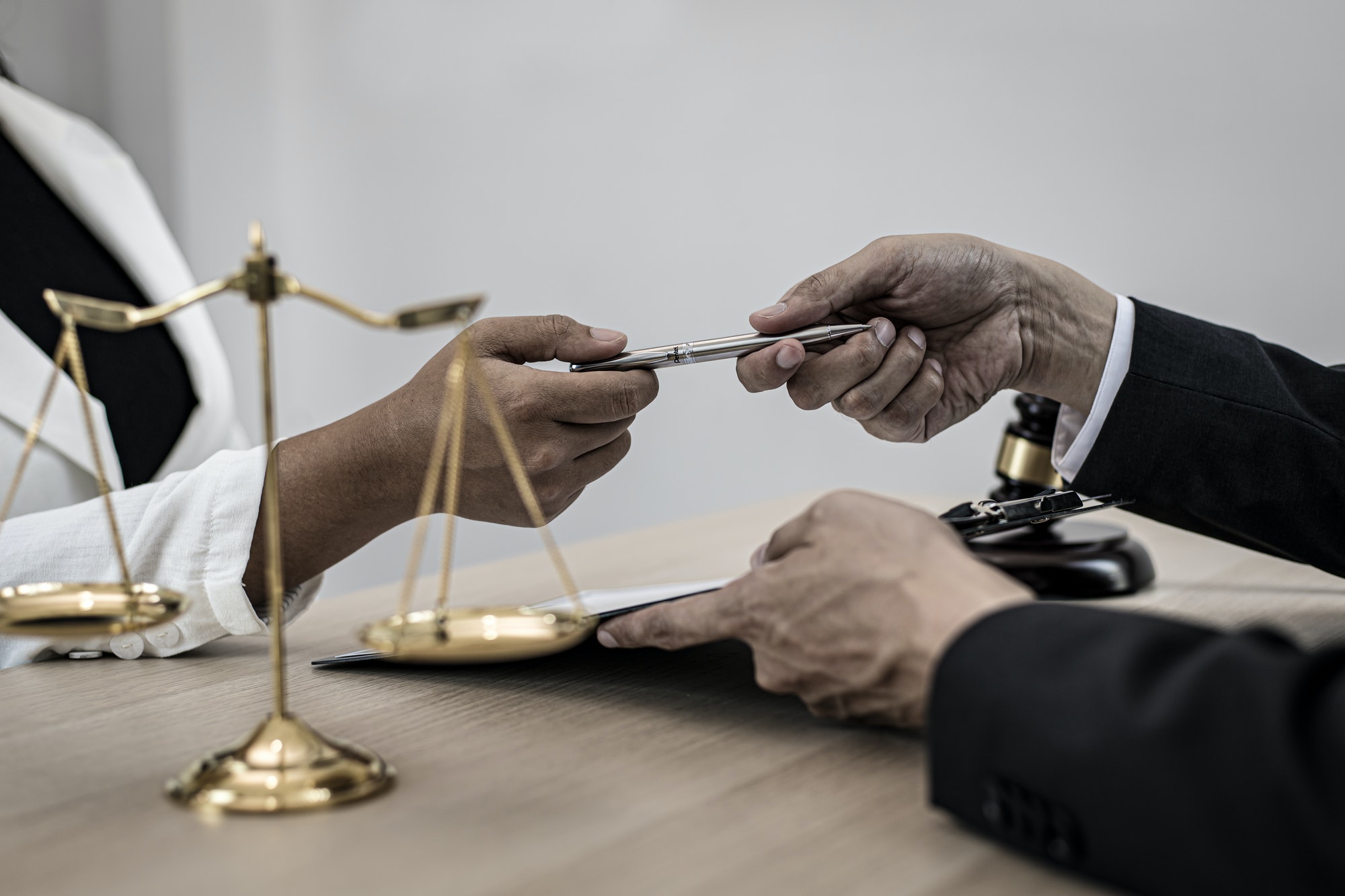Introduction
A reverse mortgage serves as a financial tool allow homeowners aged 62 to convert part of their home equity into cash. Despite its advantages, failing to meet certain obligations might lead to foreclosure. Understanding the reverse mortgage foreclosure timeline becomes crucial for borrowers. Learn about reverse mortgage foreclosure timeline: reasons, prevention, proceedings, and post options. Explore foreclosure reverse mortgage in simple terms.
Reverse Mortgage Foreclosure
Have you ever wished for a magic wand that could make your mortgage disappear? With reverse mortgage foreclosure, that wish can become a reality! This incredible opportunity allows you to leverage the equity in your home to pay off your mortgage. By converting your home’s equity into funds, you can bid farewell to those monthly payments and embrace a life filled with possibilities.
Imagine waking up every morning knowing that your home is truly yours, free from the shackles of a conventional mortgage. No more stress about making payments or worrying about losing your home. Reverse mortgage foreclosure grants you the freedom to pursue your lifelong dreams, whether it’s traveling the world, starting a business, or spoiling your grandchildren. The choice is yours, and the possibilities are endless!
Initial Stage: Loan Default
The initial stage of the reverse mortgage foreclosure timeline begins with the occurrence of a loan default. When borrower fails to comply with the terms and conditions outlined in the reverse mortgage agreement, it results in a default situation. This could transpire due to various reasons, including non-payment of property taxes, neglecting to maintain homeowner’s insurance, or not using the home as their primary residence.
Upon detecting the default, the lender initiates action by issuing a formal Notice of Default (NOD) to the borrower. This legal document serves as an official notification to the borrower regarding the breach of the loan terms. It also outlines a specific period within which the borrower must rectify the default. The duration provided in the NOD can differ based on the regulations of the state and the lender’s policies.
Notice of Default
The Notice of Default (NOD) represents a critical stage in the reverse mortgage foreclosure timeline, marking the formal notification from the lender to the borrower regarding the default on loan obligations. It serves as an official document, alerting the borrower that they have violated the terms and conditions of the reverse mortgage agreement.
When a borrower fails to meet specific obligations, such as paying property taxes, maintaining homeowner’s insurance, or using the property as their primary residence, the lender takes action by issuing the NOD. This notice outlines the exact nature of the default and provides a designated period within which the borrower must remedy the situation. The timeframe provided in the NOD varies, contingent upon both state laws and the policies of the lender. It acts as a warning, giving borrowers an opportunity to rectify the default before further steps in the foreclosure process unfold.
Grace Period and Options
- Communication with the Lender: Engaging in discussions with the lender is pivotal during the grace period. Clear communication helps in understanding the specifics of the default, negotiating possible solutions, and seeking alternatives to prevent foreclosure.
- Payment of Outstanding Balances: One of the primary ways to cure the default is by paying off the outstanding balances. This might involve clearing dues related to property taxes, homeowner’s insurance, or any other unpaid fees specified in the Notice of Default.
- Loan Modification: Negotiating modifications to the loan terms with the lender is another option. This could involve restructuring the payment plan, adjusting interest rates, or extending the repayment period to make it more manageable for the borrower.
- Consideration of Property Sale: In certain situations, selling the property might be a viable option to settle the outstanding debt. The proceeds from the sale could be used to pay off the loan balance and any associated fees.
- Seeking Financial Counseling or Legal Advice: Consulting financial advisors or legal professionals specializing in reverse mortgages can provide insights and guidance on best course of action.
Notice of Acceleration
At this stage, borrowers might still explore various options to prevent foreclosure, such as:
- Full Repayment of Outstanding Debt: Paying off the entire outstanding loan balance becomes imperative to satisfy the lender’s demand and halt foreclosure proceedings.
- Negotiation or Resolution with the Lender: Communicating with the lender to negotiate alternative payment arrangements or discussing potential loan modifications might provide avenues to resolve the default.
- Seeking Legal Assistance or Counsel: Engaging legal professionals or seeking financial counseling becomes crucial for understanding available options and potential strategies to address the default situation.
The Notice of Acceleration serves as a critical warning to borrowers, highlighting the imminent risk of losing the property through foreclosure if immediate action is not taken to satisfy the lender’s demands.
Foreclosure Proceedings
Foreclosure proceedings involve several key steps:
- Filing a Lawsuit: The lender initiates legal action by filing a foreclosure lawsuit against the borrower in the appropriate court. This step formally notifies the borrower of the lender’s intent to foreclose on the property due to the default on the reverse mortgage.
- Legal Notifications and Timeline: The borrower is served with legal notifications regarding the foreclosure lawsuit, which includes details about the court proceedings and the timeline for response or contestation.
- Court Proceedings: The foreclosure case proceeds in court, where both parties present their arguments and evidence supporting their respective positions. The court reviews the case and makes a judgment based on the evidence and applicable laws.
- Foreclosure Sale/Auction: If the court rules in favor of the lender, a foreclosure sale or auction is scheduled. This public sale aims to recover the outstanding loan balance by selling the property to the highest bidder. The proceeds are used to settle the debt.
- Confirmation of Sale: After the sale, the court confirms the transaction, and if the sale price covers the loan balance and associated costs, any surplus might be returned to the borrower or their estate. However, if the sale amount is insufficient, it could result in a deficiency judgment against the borrower.
Auction or Sale
Key aspects of the auction or sale in a reverse mortgage foreclosure include:
- Public Auction: The foreclosed property is offered for sale at a public auction to highest bidder. Interested buyers, investors, or individuals seeking real estate purchase opportunities participate in the auction.
- Bidding Process: Potential buyers place bids on the property, and the highest bid exceeding the reserve price or the amount owed on the loan is accepted. The winning bidder secures the property by paying the bid amount.
- Sale Confirmation: After the auction concludes, the court or trustee confirms the sale if the highest bid meets or surpasses the required minimum amount to cover the outstanding loan balance, associated fees, and foreclosure costs.
- Surplus or Deficiency: If the sale price exceeds the debt owed, any surplus funds might be returned to the borrower or their estate. Conversely, if the sale amount falls short of the debt, it could result in a deficiency judgment against the borrower.
- Transfer of Ownership: Upon confirmation of the sale, the property’s ownership is transferred to the winning bidder or the entity that purchased the property.
Post-Foreclosure Redemption Period
Key points regarding the post-foreclosure redemption period include:
- Duration and Availability: The availability and duration of the redemption period vary based on state laws and the specifics of the foreclosure process. Not all states provide a redemption period, and the length of time can differ significantly.
- Right of Redemption: During this period, the borrower retains the right to repurchase the foreclosed property by paying the sale price, plus any additional costs, fees, and accrued interest.
- Terms and Conditions: The terms and conditions for redemption are outlined in state laws and may vary. It’s essential for the borrower to understand the requirements, timelines, and the total amount needed to redeem the property within this period.
- Exercising the Right to Redeem: To exercise the right of redemption, the borrower must comply with the redemption terms. This usually involves paying the full amount owed within the stipulated timeframe, as specified by the state laws.
- Effect on New Owner: If the borrower successfully redeems the property, the ownership reverts from the new owner back to the borrower. However, this process can vary depending on state laws and the terms outlined during the redemption period.
Finalizing Transfer of Title
Following the completion of the foreclosure sale, several key points characterize the finalization of the transfer of title:
- Confirmation of Sale: After the sale at auction or foreclosure proceedings, the court or trustee overseeing the process confirms the sale. This confirmation validates the legality of the sale and establishes the new owner’s right to the property.
- Transfer of Ownership: The ownership of the foreclosed property is officially transferred from the borrower (former owner) to the winning bidder or the entity that acquired the property through the sale.
- Recording the Transfer: The transfer of title is documented by updating the property records at the county recorder’s office or the appropriate governing body. This step ensures the public record reflects the change in ownership.
- Loss of Rights for the Former Owner: Once the transfer of title is finalized, the former owner (borrower) loses all rights to the property. They no longer have legal ownership, control, or the right to occupy the premises.
- Legal Finality: Finalizing the transfer of title concludes the foreclosure process, marking the end of the borrower’s rights to the property. The new owner assumes full control and responsibility for the property.
Conclusion
Understanding the reverse mortgage foreclosure timeline is crucial for borrowers to navigate potential pitfalls. Timely communication with the lender, exploring available options, and seeking legal advice when facing foreclosure can significantly impact the outcome. Borrowers should stay informed about their rights and obligations to mitigate the risks associated with reverse mortgage foreclosure.
FAQs
1. What leads to a reverse mortgage foreclosure?
- Failure to meet obligations such as paying property taxes, maintaining homeowner’s insurance, or using the property as a primary residence can result in a reverse mortgage foreclosure. Any breach of the loan terms could trigger the foreclosure process.
2. Can I prevent a reverse mortgage foreclosure?
- Yes, taking prompt action upon receiving a Notice of Default (NOD) is crucial. Communicating with the lender, exploring repayment options, or seeking legal advice can help prevent further progression towards foreclosure. Addressing the default during the grace period is key to avoiding foreclosure.
3. What happens during foreclosure proceedings?
- Foreclosure proceedings involve the lender filing a lawsuit, court proceedings, and ultimately, the sale of the property to recover the outstanding loan balance. Borrowers have the right to contest the foreclosure in court and explore options to halt or delay the process.
4. Is there a chance to reclaim the property after foreclosure?
- Some states offer a post-foreclosure redemption period, allowing borrowers to repurchase the property by paying the sale price, plus associated costs and fees. However, the availability and duration of this period vary based on state laws.
Visit RateChecker to get free mortgage quotes!
Generated with WriterX.ai — best AI tools for content creation


